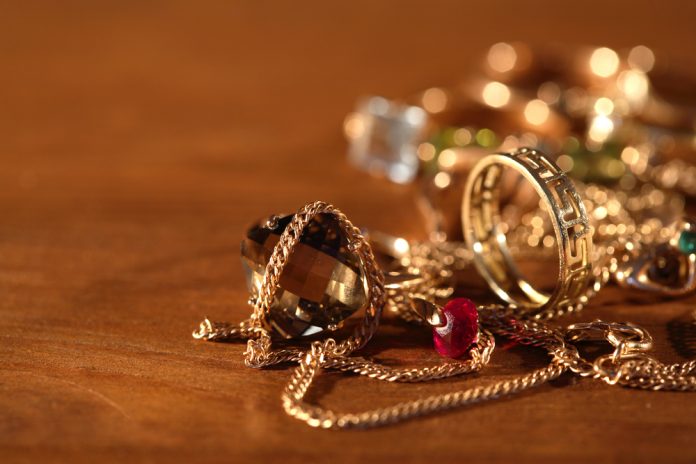Before you go shopping for your favorite gold jewelry, it is important to choose the type of gold. The appearance, durability, and feel of any gold jewelry depend heavily on the type of gold used to manufacture it. Contrary to popular belief, many different types of gold are used in jewelry making. Also, it is a rarity these days to use 100% pure gold for manufacturing rings, bracelets, or other fine jewelry.
The most commonly used purity levels of gold include 10k, 14k, 18k, and 24k. Each level of purity offers its own set of merits and demerits. Moreover, gold purity also has a significant impact on the cost of the jewelry item.
Measurement of Gold Purity:
The karat system is the globally accepted means to categorize gold depending on its purity. This system provides a measure of pure gold to other metals or alloys present in the jewelry item. The purest form of gold is 24 karat gold because it contains 24 out of 24 parts of metallic gold. Also, this variety of gold does not contain any other metals.
Pure Gold for Jewelry Making:
24k gold is seldom used in jewelry pieces because of several factors as summarized below.
- Pure gold is extremely soft and tends to warp and bend very easily. Therefore, it is never a good choice for jewelry items that are expected to retain their shape over a period of time. Also, pure gold tends to get scratched very easily, making the jewelry unattractive after some time.
- Pure gold is a bright metal that comes with an orange tinge, making it quite different from what we expect gold jewelry to look like. As a result, 24k gold is not really an attractive option for jewelry making.
- Compared to 14k gold, 24k gold contains almost double the amount of gold. As a result, the price of 24k is extremely high.
Different Purity Levels:
Based on the proportion of pure gold to other metals present, gold has been divided into categories such as 24k, 22k, 18k, 14k, and 10k. 24k or pure gold contains 100% gold. On the other hand, 10k gold contains only 41.7% pure gold. The most popular type of gold for jewelry making, 14k gold has a purity of 58.3%.
Please note that no gold type is appropriate for all types of applications because each purity level has its own advantages and disadvantages.
Pros and Cons of 18k Gold:
With 75% gold and 25% alloy, 18k gold comes with a classic yellow appearance that most of us associate with gold jewelry. This type of gold has high purity and poses very little risk of skin irritation. However, jewelries made of 18k gold tend to get scratched very easily because of their softness. Also, 18k jewelry can be quite expensive for the average buyer.
Pros and Cons of 14k Gold:
14k gold is extremely popular because it provides the perfect combination of purity, value for money, and durability. The color of 14k gold is slightly less intense compared to 18k and can be an excellent choice for individuals that prefer their jewelry pieces to be attractive and rich, but not overly yellow. This type of gold is also far more durable than 18k or 24k gold. Therefore, 14k gold necklaces and rings provide much more value compared to 18k. The only downside of 14k gold is that its higher alloy content may lead to itchy and uncomfortable skin for some individuals.
Pros and Cons of 10k Gold:
10k gold is the most durable, least pure, and lowest priced type of gold. It has a pale appearance, and the yellow tone is not as rich as that found in 14k or 18k gold. Cost and durability are the biggest advantages of 10k gold jewelry, so it is still a good type of gold to invest in. However, because of its relatively lower gold content, 10k gold pieces are not even offered by the most popular high-end retailers.
Find a Home-Based Business to Start-Up >>> Hundreds of Business Listings.

















































